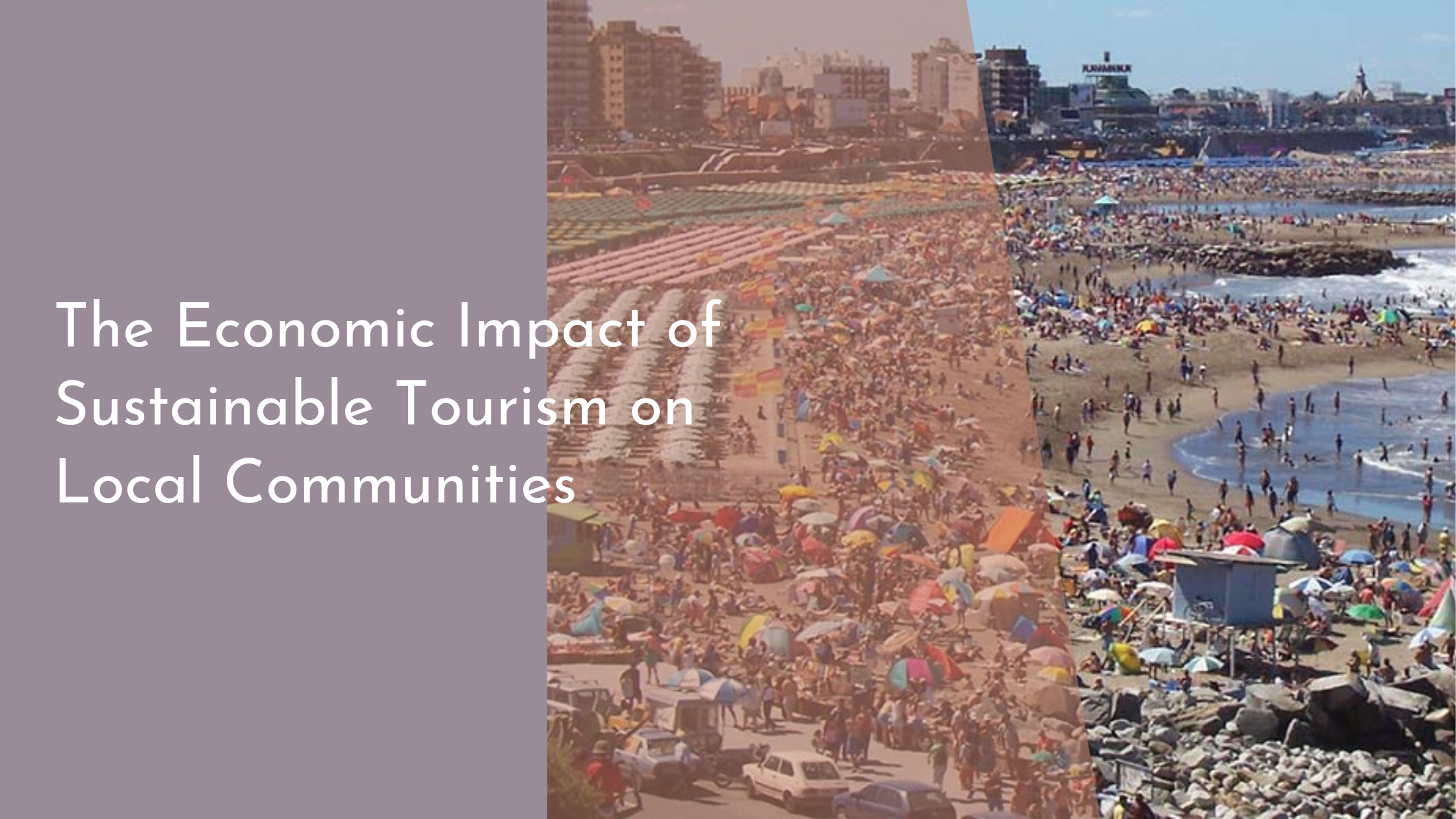The Economic Impact of Sustainable Tourism on Local Communities
In recent years, sustainable tourism has emerged as a vital force in driving economic growth while preserving the cultural and environmental integrity of destinations. This form of tourism aims to minimize negative impacts on the environment and local communities while maximizing economic benefits. As travelers increasingly seek authentic experiences that respect the places they visit, understanding the economic impact of sustainable tourism on local communities becomes crucial. This article delves into the core principles of sustainable tourism, its economic benefits, and the challenges communities face in maximizing these gains.
Understanding Sustainable Tourism’s Core Principles
Sustainable tourism is founded on three core principles: environmental responsibility, social equity, and economic viability. Environmental responsibility emphasizes minimizing the ecological footprint of tourism activities, advocating for the conservation of natural resources, and promoting biodiversity. Social equity seeks to ensure that local communities have a voice in tourism development and benefit equitably from its economic gains. Economic viability ensures that tourism activities are profitable and sustainable in the long term, contributing meaningfully to the local economy.
A crucial aspect of sustainable tourism is its focus on cultural preservation. This involves respecting and celebrating the heritage, traditions, and customs of host communities, providing tourists with an authentic experience. By integrating these core principles, sustainable tourism not only enhances the travel experience but also fosters respect between tourists and locals, ultimately leading to a more harmonious and thriving community.
Economic Benefits for Local Businesses and Workers
Sustainable tourism can significantly boost local businesses by creating demand for goods and services that highlight local resources and culture. Artisans, farmers, and small business owners gain new opportunities to sell their products directly to tourists, thus benefiting from the influx of visitors. Additionally, restaurants and accommodations that source locally produced ingredients and materials help stimulate the local economy and create a ripple effect of economic benefits.
Employment opportunities also flourish in sustainable tourism. By focusing on local hires, communities can reduce unemployment and raise the standard of living for many residents. Jobs are created in various sectors such as hospitality, transportation, tour guiding, and cultural entertainment. Furthermore, workforce development programs and training for local workers ensure skill enhancement and career growth, creating a more skilled and competitive local labor market.
Environmental Conservation as a Financial Asset
One of the key tenets of sustainable tourism is the conservation of the environment, which often translates into an economic asset for local communities. Protected natural areas, such as parks and reserves, can become major attractions that draw tourists seeking outdoor adventures, wildlife encounters, and scenic beauty. Entrance fees and guided tours within these areas create revenue streams that can be reinvested into conservation efforts, creating a sustainable cycle of environmental protection and economic gain.
Moreover, sustainable tourism promotes the development of eco-friendly infrastructure, including renewable energy, waste management systems, and water conservation practices. These initiatives not only reduce the ecological impact of tourism but also lower costs and increase efficiency in the long term. By positioning the environment as a cornerstone of tourism strategy, communities can attract a steady flow of eco-conscious travelers who value and respect the natural world.
Overcoming Challenges to Maximize Local Gains
Despite its potential, sustainable tourism faces challenges that must be addressed to maximize local gains. One major hurdle is the initial investment required to develop eco-friendly infrastructure and implement sustainable practices. Many communities lack the capital or expertise to make these changes, necessitating partnerships with governments, NGOs, and private investors who share the vision of sustainable development.
Additionally, achieving a balance between tourism growth and community well-being requires careful planning and regulation. Over-tourism can lead to resource depletion and cultural erosion if not managed properly. By setting limits on visitor numbers, promoting off-season travel, and developing alternative attractions, communities can prevent the negative impacts of over-tourism while continuing to enjoy economic benefits. Empowering local stakeholders to take active roles in tourism management can also help ensure that development aligns with the community’s values and needs.
Concluding Thoughts: A Prosperous Path Forward
Sustainable tourism represents a promising pathway toward economic prosperity for local communities. By adhering to its core principles, communities can protect their environment, preserve their culture, and create economic opportunities that are both inclusive and enduring. As more travelers prioritize sustainability in their travel choices, the demand for authentic, eco-friendly experiences will continue to grow, offering new avenues for economic development.
The journey toward sustainable tourism is one of collaboration and shared vision. By overcoming challenges and seizing opportunities, local communities can harness tourism as a powerful tool for positive change. Embracing sustainable tourism not only enriches the travel experience but also fosters vibrant, resilient communities that thrive economically and culturally. The future holds great promise for destinations that choose to walk this prosperous path forward, nurturing both their people and their lands for generations to come.



